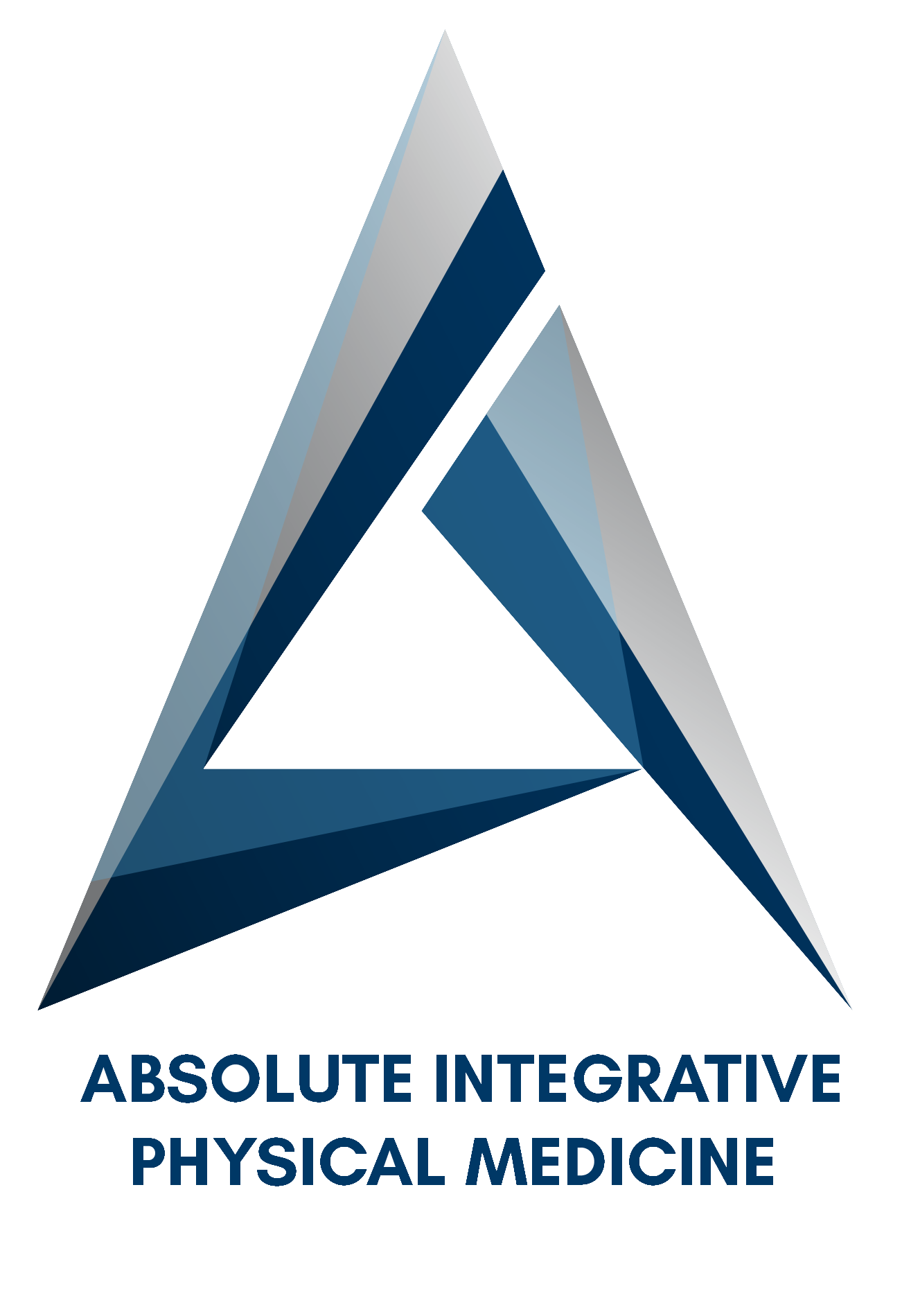Quick Stretches and Strengthening Moves You Can Do Right at Your Desk.
Sitting for long hours at a desk is unavoidable for many of us, but poor posture doesn’t have to be the norm. Back, neck, and shoulder pain often stem from slouched positions, forward head posture, and tension from prolonged sitting. Fortunately, there are simple desk exercises that can help improve posture, relieve stiffness, and promote better alignment — all without leaving your workspace.
Combining these exercises with chiropractic care amplifies the benefits, restoring proper spinal alignment and helping muscles function efficiently. Let’s break down the most effective exercises, their benefits, and how to integrate them into your workday.
Why Posture Matters
Good posture isn’t just about looking confident. It affects spinal health, circulation, breathing, and even your mood. Poor posture strains muscles, compresses joints, and can lead to chronic discomfort. Common posture problems at a desk include:
- Forward head posture
- Rounded shoulders
- Slouched lower back
- Hip flexor tightness from prolonged sitting
Over time, these misalignments can create stiffness, muscle fatigue, and nerve irritation. Even if you stretch regularly, poor posture can counteract those efforts — which is why targeted desk exercises and spinal care are key.
Simple Desk Exercises for Your Neck and Shoulders
Your neck and shoulders bear the brunt of desk work. Here are exercises that take less than five minutes and help release tension:
1. Chin Tucks
Helps correct forward head posture and strengthen neck muscles.
- Sit up straight with shoulders relaxed.
- Gently tuck your chin toward your chest without rounding your upper back.
- Hold for 5–10 seconds, repeat 10 times.
2. Shoulder Blade Squeeze
Strengthens the muscles between your shoulder blades to prevent rounding.
- Sit tall and squeeze shoulder blades together.
- Hold for 5 seconds, then release.
- Repeat 10–12 times every hour.
3. Neck Side Stretches
Relieves tension along the side of your neck.
- Gently tilt your head to the right, bringing your ear toward your shoulder.
- Hold for 10–15 seconds, switch sides.
- Repeat 2–3 times per side.
Desk Exercises for Upper Back and Spine
4. Seated Spinal Twist
Mobilizes the thoracic spine and reduces stiffness from slouching.
- Sit upright and cross your arms over your chest.
- Slowly twist your upper body to the right, hold for 5–10 seconds.
- Repeat to the left, 5–10 times each side.
5. Cat-Cow Stretch (Seated)
Improves spinal flexibility and relieves tension.
- Sit tall, place hands on knees.
- Arch your back (cow) and lift chest, then round your spine (cat).
- Repeat 10 times, breathing deeply.
6. Shoulder Rolls
Loosens tight shoulder muscles and improves circulation.
- Roll shoulders forward 10 times, then backward 10 times.
- Focus on slow, controlled movements.
Lower Back and Hips: Keep Your Core Engaged
7. Seated Hip Flexor Stretch
Counteracts tight hip flexors from prolonged sitting.
- Sit at the edge of your chair, right ankle on left knee.
- Gently lean forward until you feel a stretch in your right hip.
- Hold for 20–30 seconds, switch sides.
8. Seated Figure-Four Stretch
Releases tension in glutes and hips.
- Cross your ankle over the opposite knee.
- Press gently on the lifted knee and lean slightly forward.
- Hold 20–30 seconds per side.
9. Core Engagement
Activates stabilizing muscles that support posture.
- Sit tall, pull belly button gently toward your spine.
- Hold for 5–10 seconds, repeat 10–12 times.
Integrating Movement Breaks Into Your Day
Consistency is key. Even 3–5 minutes every hour can prevent stiffness and postural strain. Tips include:
- Set a timer for hourly micro-breaks.
- Combine stretches with standing or walking when possible.
- Use reminders to correct your posture and adjust your workstation.
Why Chiropractic Care Complements Desk Exercises
Desk exercises help maintain mobility, but spinal misalignments or joint restrictions can limit their effectiveness. Chiropractic adjustments:
- Restore proper spinal alignment
- Reduce nerve interference that causes stiffness
- Enhance muscle function and posture awareness
- Support long-term flexibility and movement patterns
When paired with desk stretches, chiropractic care maximizes your results, making stiffness easier to prevent and relieve.
FAQs
How often should I do these desk exercises?
Try to incorporate them every 60–90 minutes. Even a few minutes per exercise helps maintain mobility and reduce tension.
Can these exercises replace chiropractic care?
They complement it. While stretches improve mobility, chiropractic care addresses alignment and nerve function, which enhances long-term results.
Do I need special equipment?
Nope. A chair and small workspace are enough for most exercises.
Will I see results quickly?
Many people notice reduced tension within a week, but lasting postural improvements take consistent practice and periodic spinal care.
Conclusion
Stiffness and poor posture at your desk don’t have to be permanent. Simple, consistent desk exercises improve mobility, circulation, and comfort. When combined with chiropractic care, they address both muscular and structural causes of poor posture, helping you sit taller, move easier, and prevent chronic pain.
For more exercises and tips to maintain your posture and flexibility, check out our full guide: Our Exercises.


